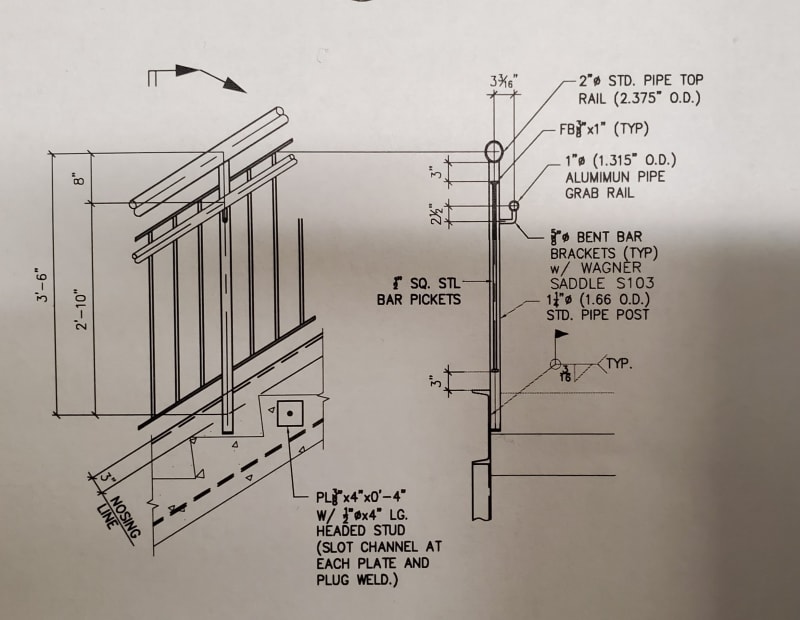McMichael05
Structural
- Mar 4, 2020
- 34
Wondering if anyone could provide some guidance/ design examples to help me out in determining if the weld is adequate for a 200lb point load at the top of the handrail.
Thanks

Thanks


